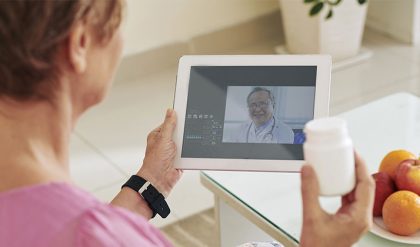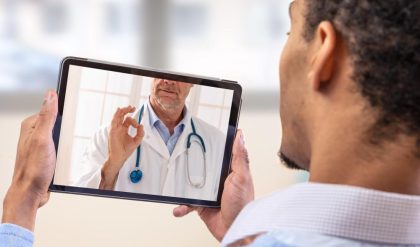Diabetes is a highly prevalent issue in the United States. Over 29 million people in the US suffer from diabetes, with rural populations being particularly affected. Poorly controlled diabetes is accompanied by a wide array of medical complications, in addition to significant financial burden. It is estimated that diabetes and its associated comorbidities account for $245 billion in total annual health expenditures.
The Promise Of Technology
Proper management of diabetes is critical to both patient health and efficient healthcare spending. Emerging technological advances have the potential to improve quality of care and increase access to healthcare services for patients with type 2 diabetes. Self-management of diabetes is heavily tied to lifestyle modifications, which can be continuously monitored on telehealth platforms. Additionally, telehealth allows providers to reach patients in rural or underserved communities and provide them with quality care.
Tackling Diabetes With Telehealth
A recently published randomized controlled trial explored the use of telehealth in the management of patients with type 2 diabetes. Study participants were comprised of low income adults living in rural communities with poorly controlled type 2 diabetes. Subjects were randomly divided into a control group and an intervention group. The control group received usual care for type 2 diabetes, while the intervention group received a combination of telehealth with nurse case management.
Study participants were asked to take daily blood glucose and blood pressure readings using a telehealth system for diabetes. The telehealth system allowed the nurse case manager to virtually monitor the patients in real time and adjust medication dosage when necessary, under the supervision of a physician.
The primary outcome of interest in this study was HbA1c levels (average plasma glucose concentration), as higher HbA1c is indicative of an increased risk of developing diabetes-related complications. HbA1c was measured at baseline, and at 3 months and 6 months follow-up. At 6 months follow up, the patients in the telehealth intervention group demonstrated:
·
o Significantly lower HbA1c levels than the usual care group
o A significantly faster rate of decline in HbA1c levels compared to the usual care group
o Increased adherence to therapy
o Improved communication between patients and providers
These results suggest that the combined approach of telehealth and nurse case management is more beneficial than usual care for patients with type 2 diabetes. Additionally, these results demonstrate that telehealth is a safe and viable care delivery option for patients living in rural communities.
The authors of this RCT attribute much of the success of the intervention group to improved patient adherence. Adherence to prescribed therapy and lifestyle modifications are necessary components of the management of type 2 diabetes. It was concluded that telehealth improved patient adherence in a variety of ways:
·
o The telehealth system allowed patients to easily report daily blood glucose readings
o The nurse could quickly respond to a patient’s status and titrate medications when necessary
o Telehealth facilitated regular communication between the patients and the nurse case manager


